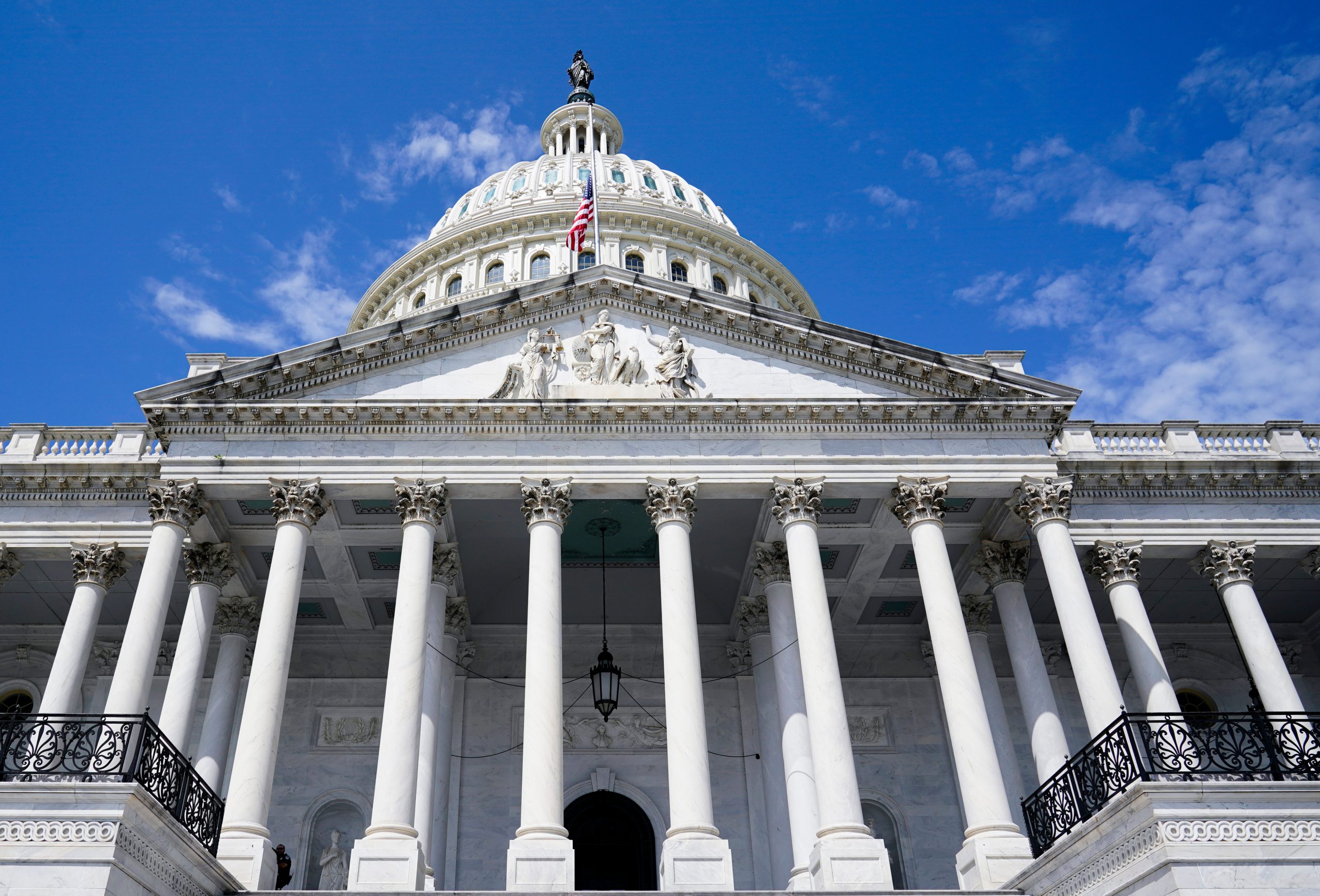The Inflation Reduction Act is likely to be taken up in the US House of Representatives on Friday. The legislation, after a tight passage through the Senate, is expected to easily cross the House and land on the US President’s desk for signing.
As the name suggests, the bill has been designed to control the rising inflation in the United States. It also contains measures that address tax slabs and climate change.
Also Read: How the Inflation Reduction Act would help boost climate control in US
How will the Inflation Reduction Act impact the price of goods?
The Inflation Reduction Act comes with a $740 billion package, which has been kept aside to fund all the measures enclosed in the legislation. The White House said in a statement that it will address inflation in two ways: by lowering energy and health care costs for families and by helping to bring down the deficit.
The federal deficit refers to the difference between how much the US government spends and how much it makes in taxes and revenue.
The bill also has provisions to restrict the price growth of certain prescription drugs in the United States. The bill would Medicare to negotiate their cost with pharmaceutical companies, a move that has been long sought by Democratic lawmakers.
Also Read: Inflation bill marking shift in Democratic Party’s luck before midterms?
Other than the two inflation cures provided by the White House, the upcoming legislation is also likely to directly reduce the price of renewable energy. This could boost the supply and result in unrestricted production, ultimately lowering the prices of various goods and services.
The Inflation Reduction Act also includes the largest-ever federal effort on climate change — close to $400 billion — caps out-of-pocket drug costs for seniors on Medicare to $2,000 a year and extends expiring subsidies that help 13 million people afford health insurance.







